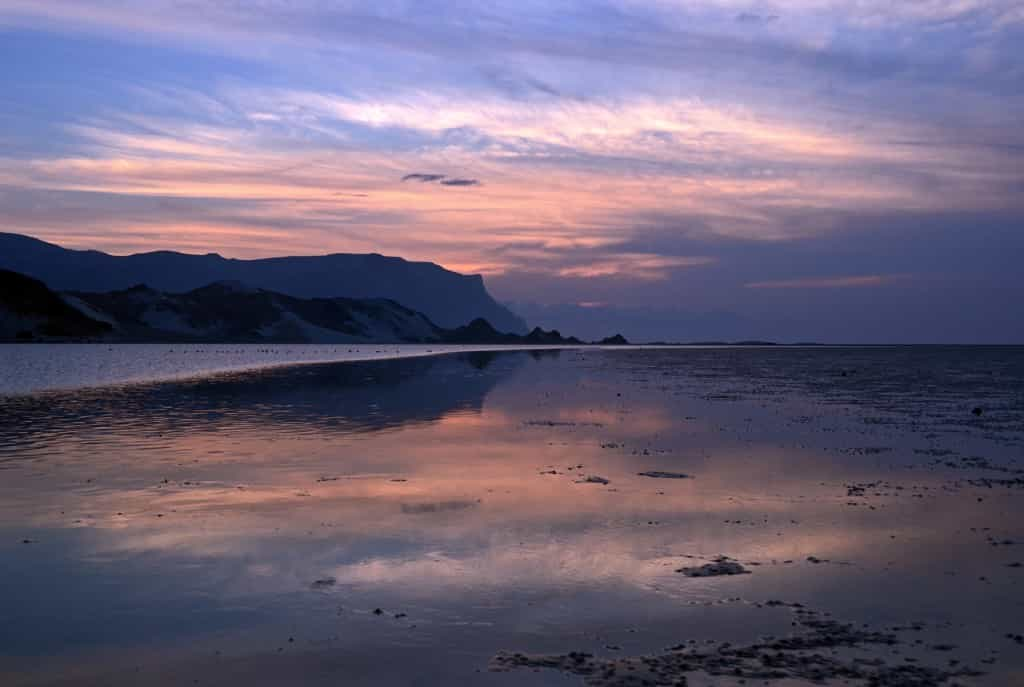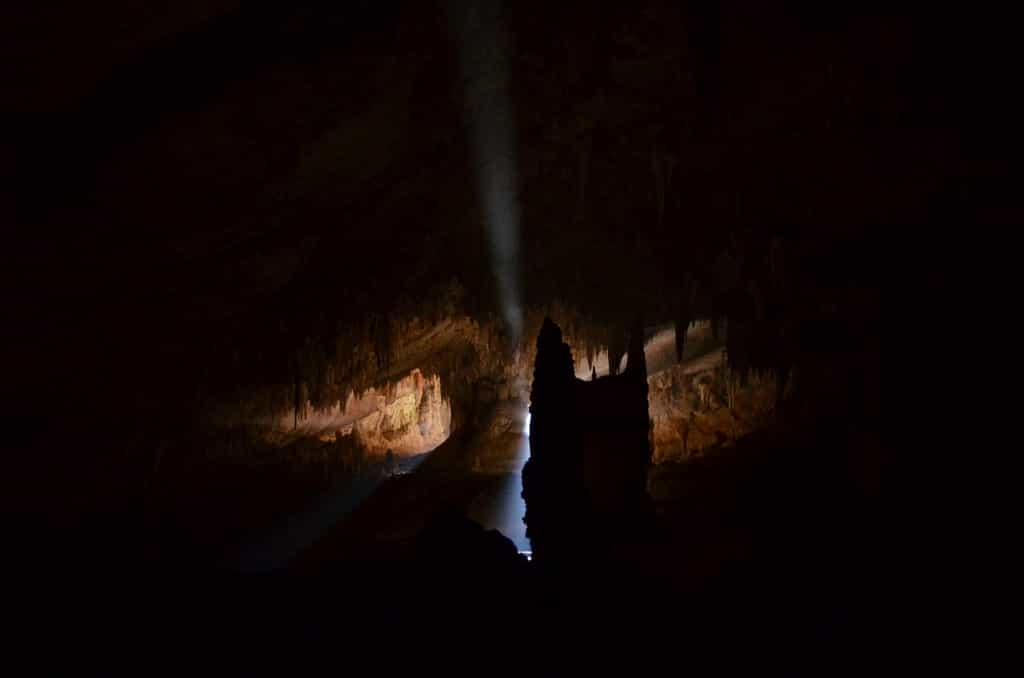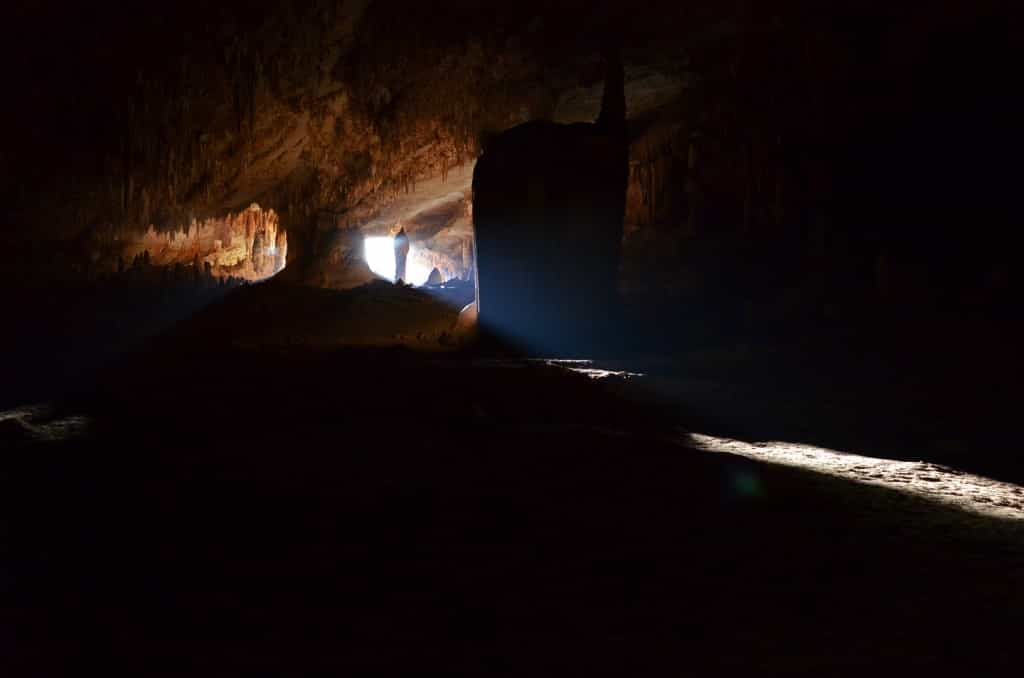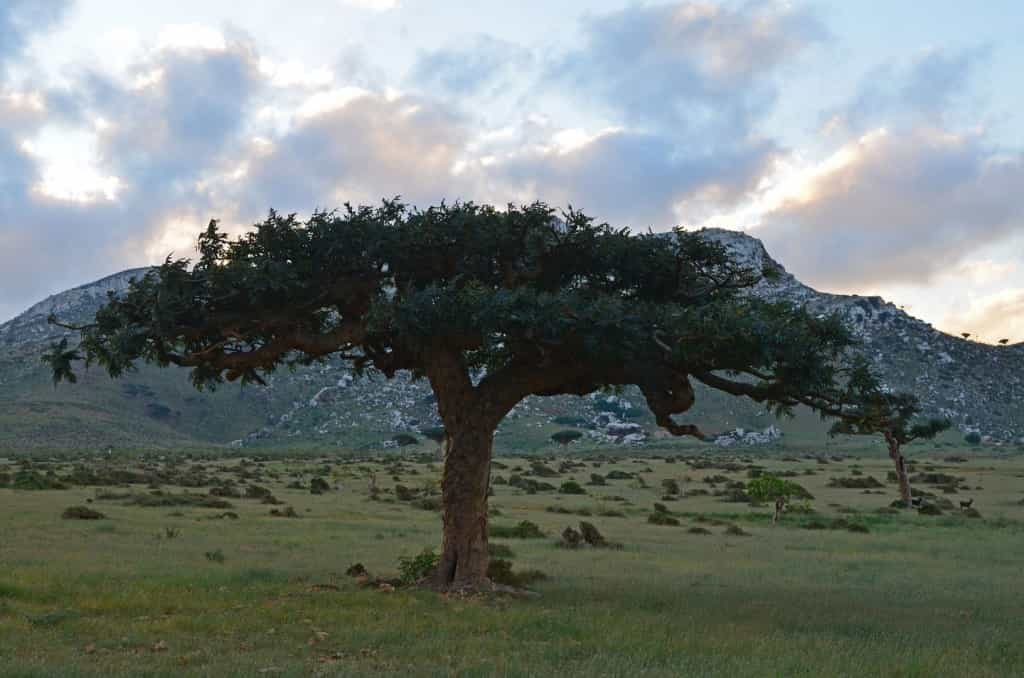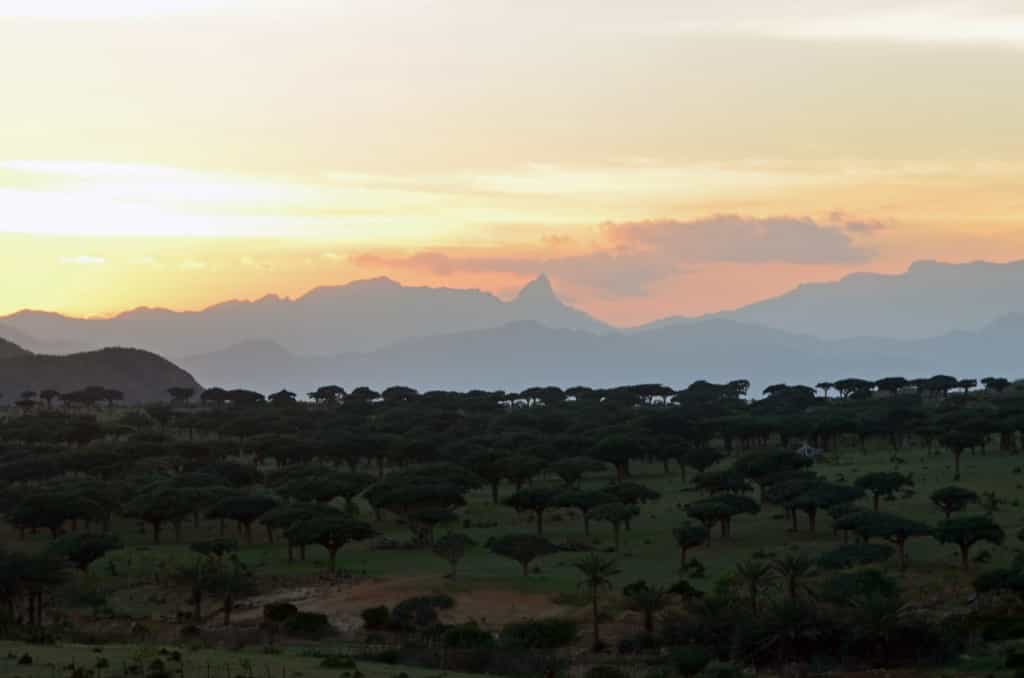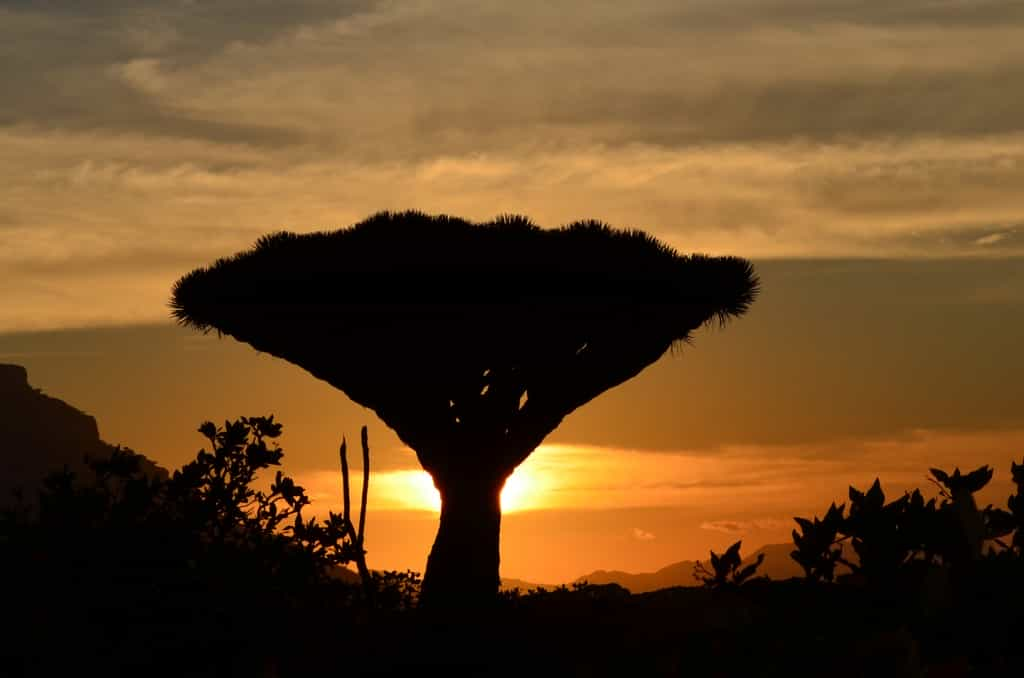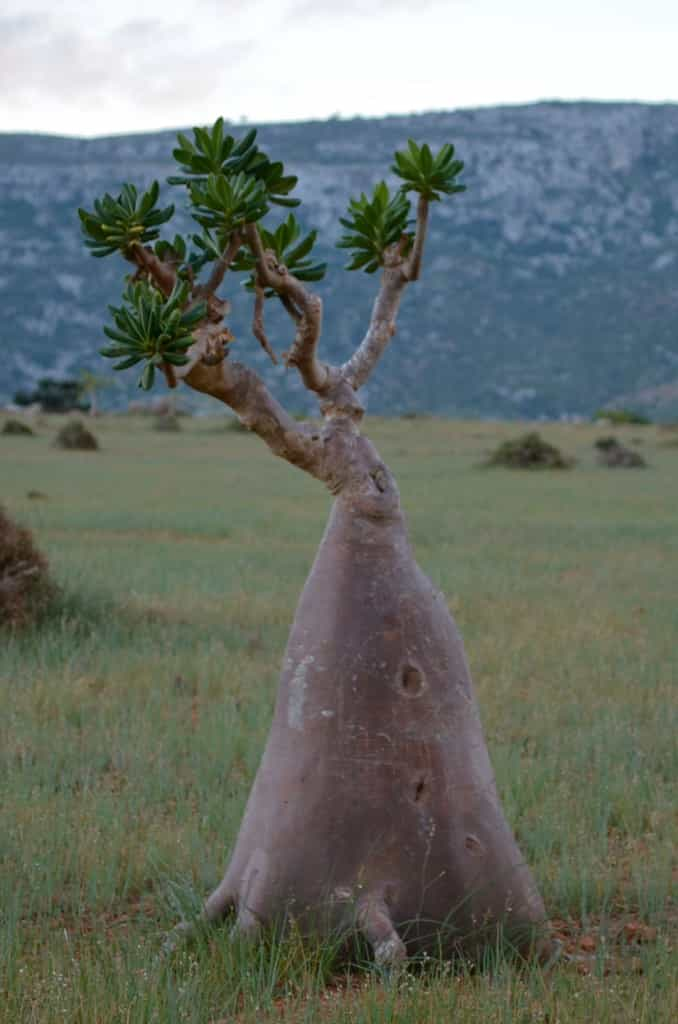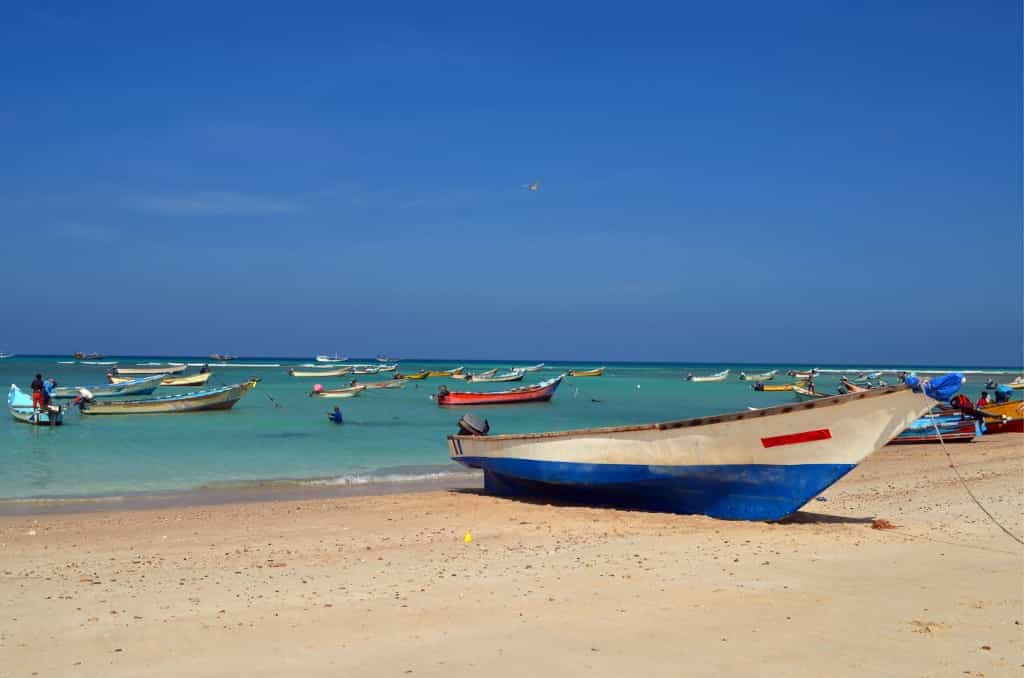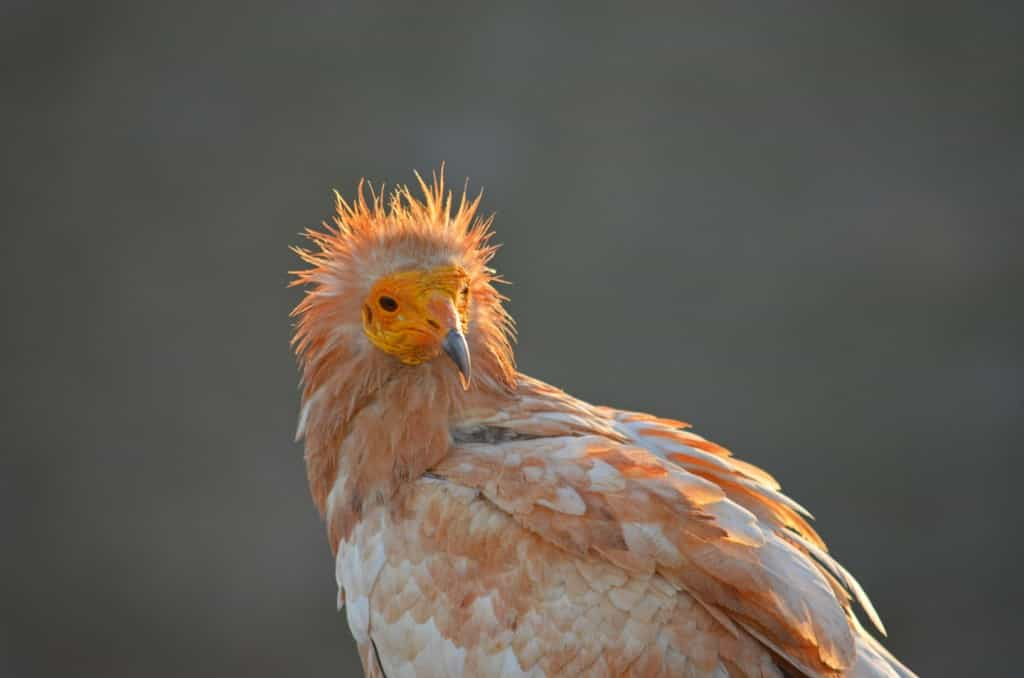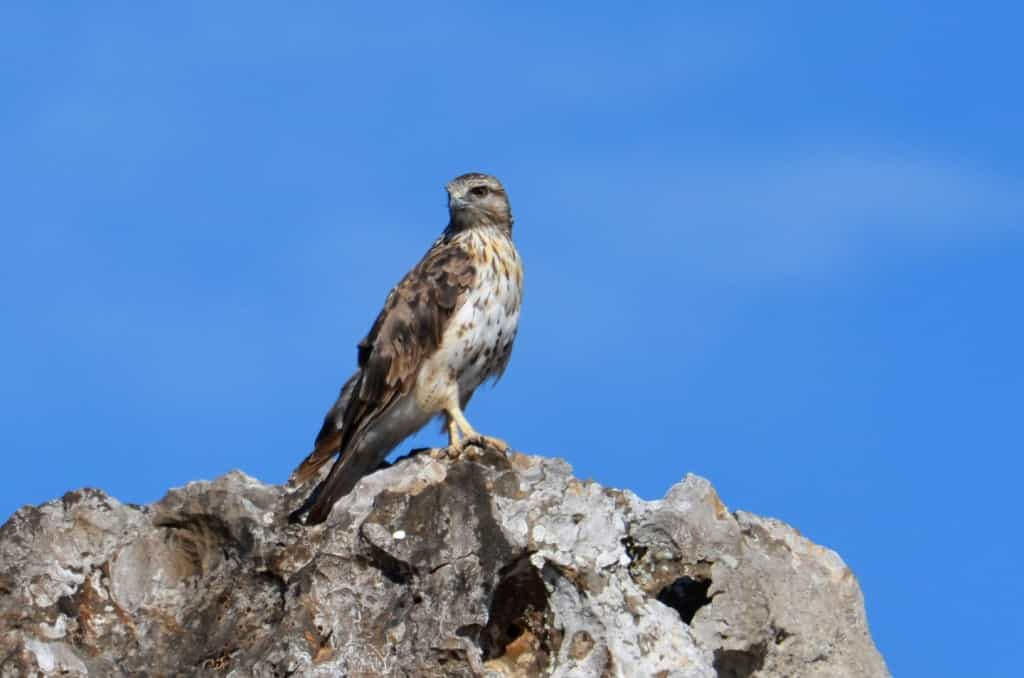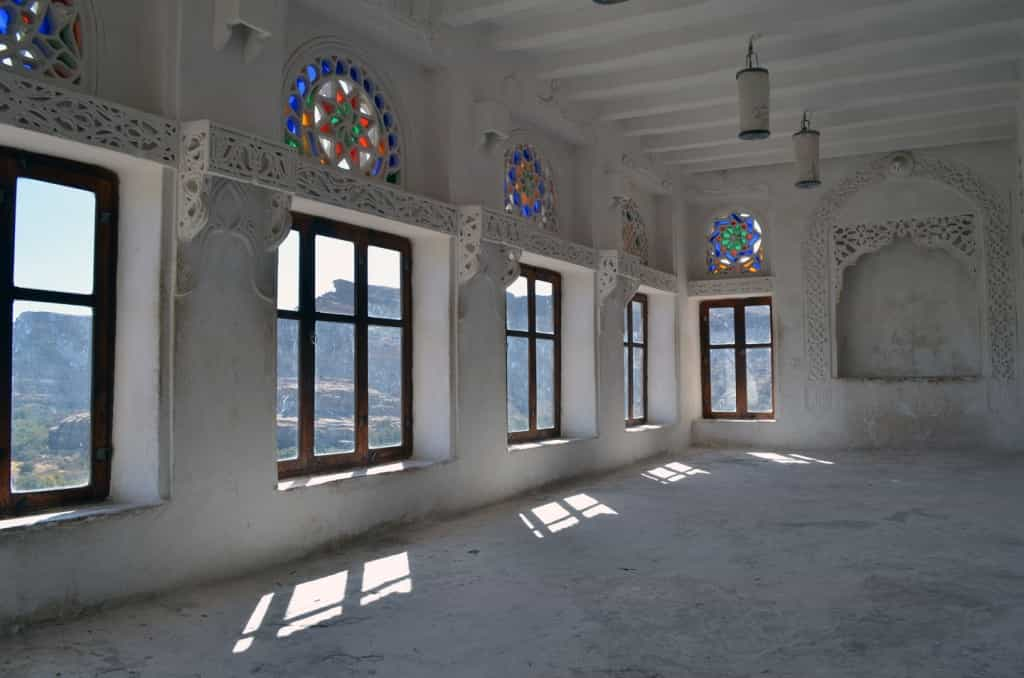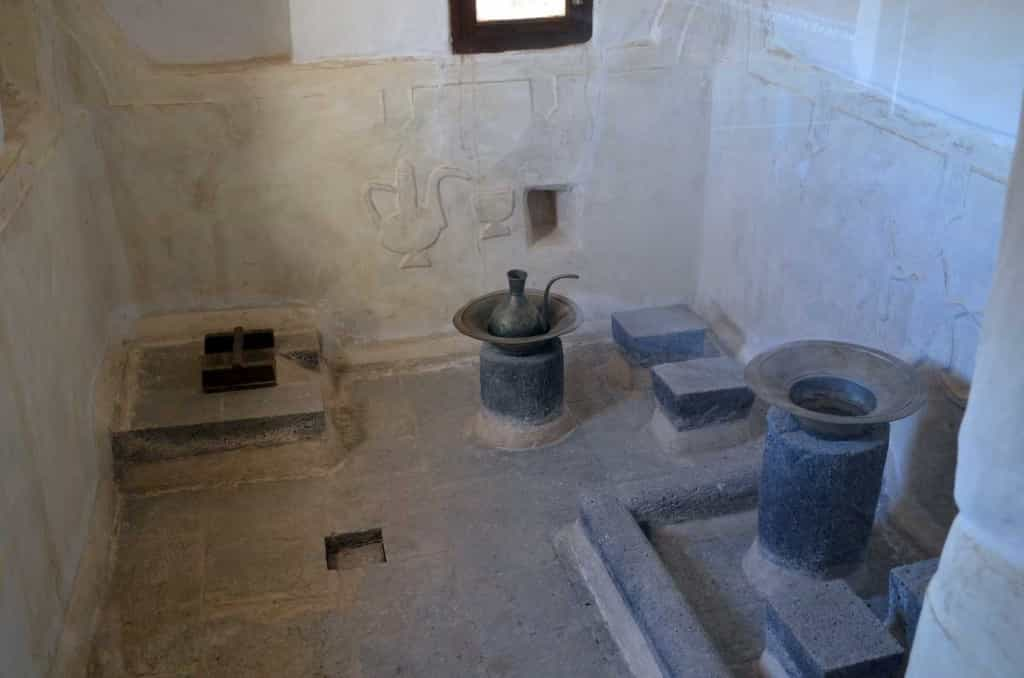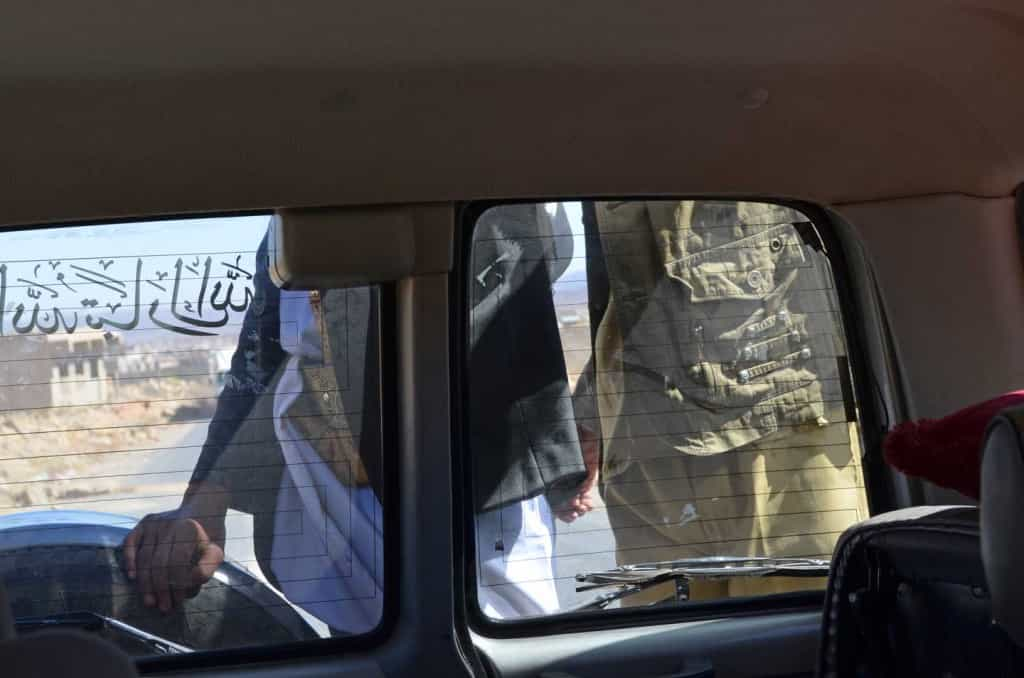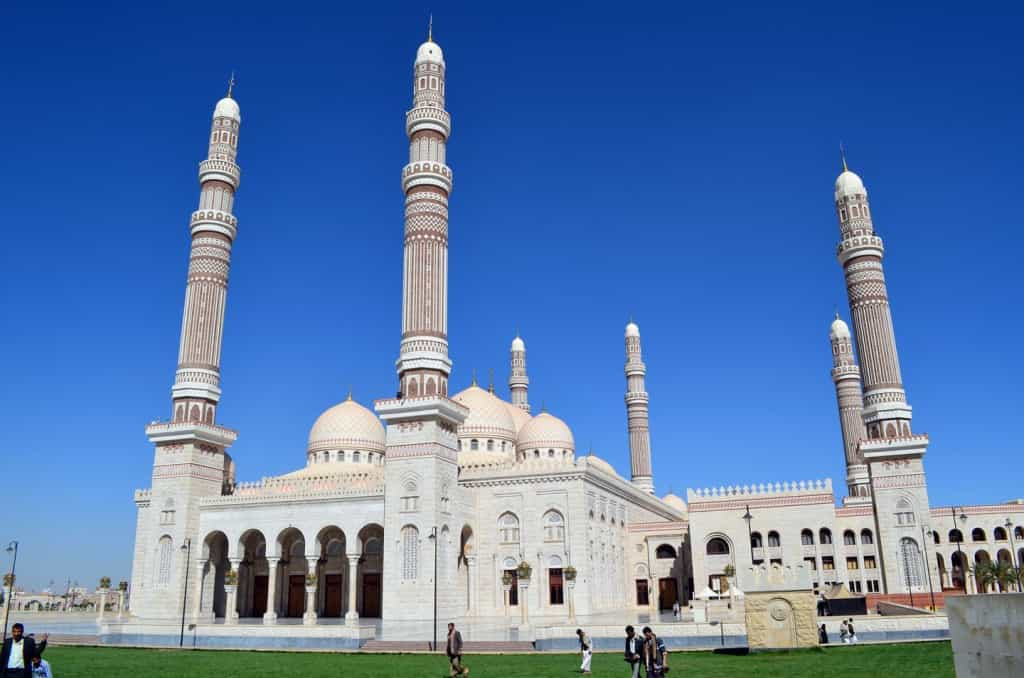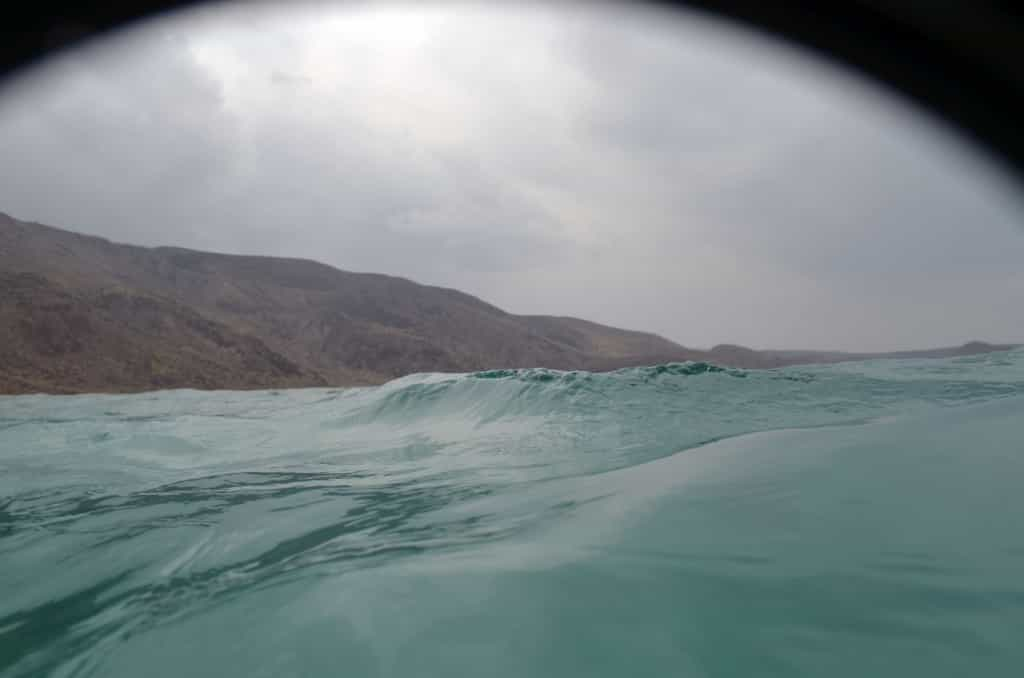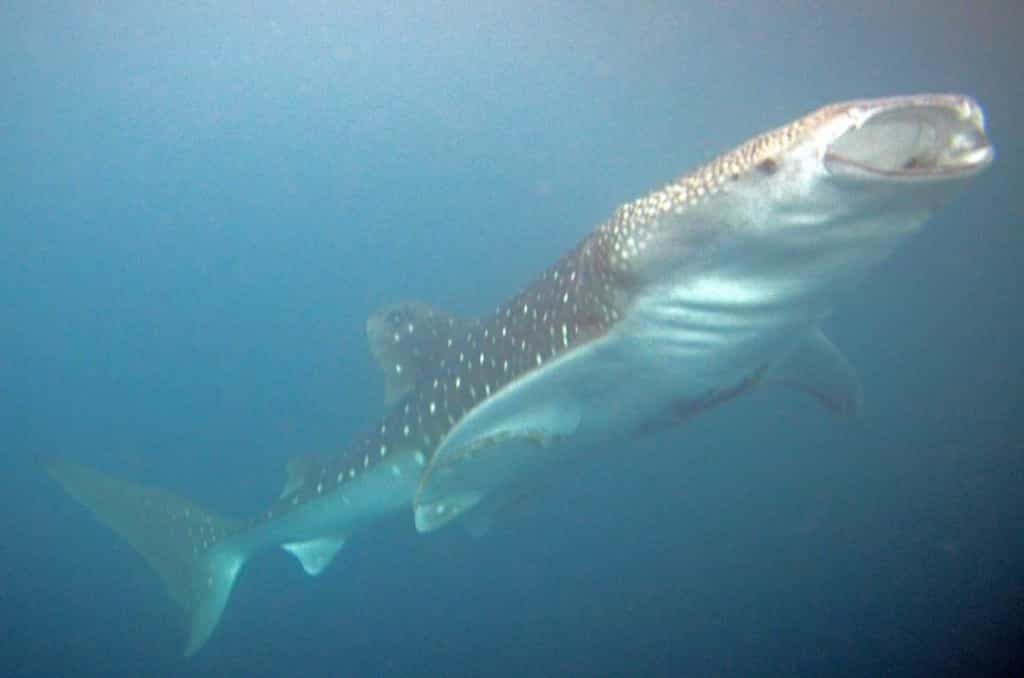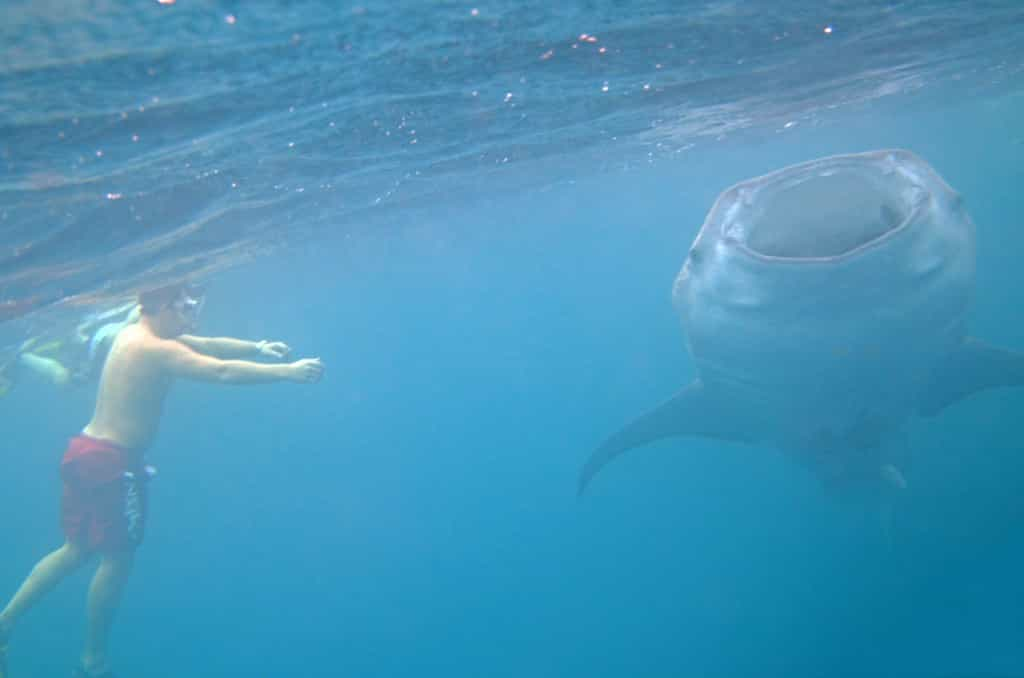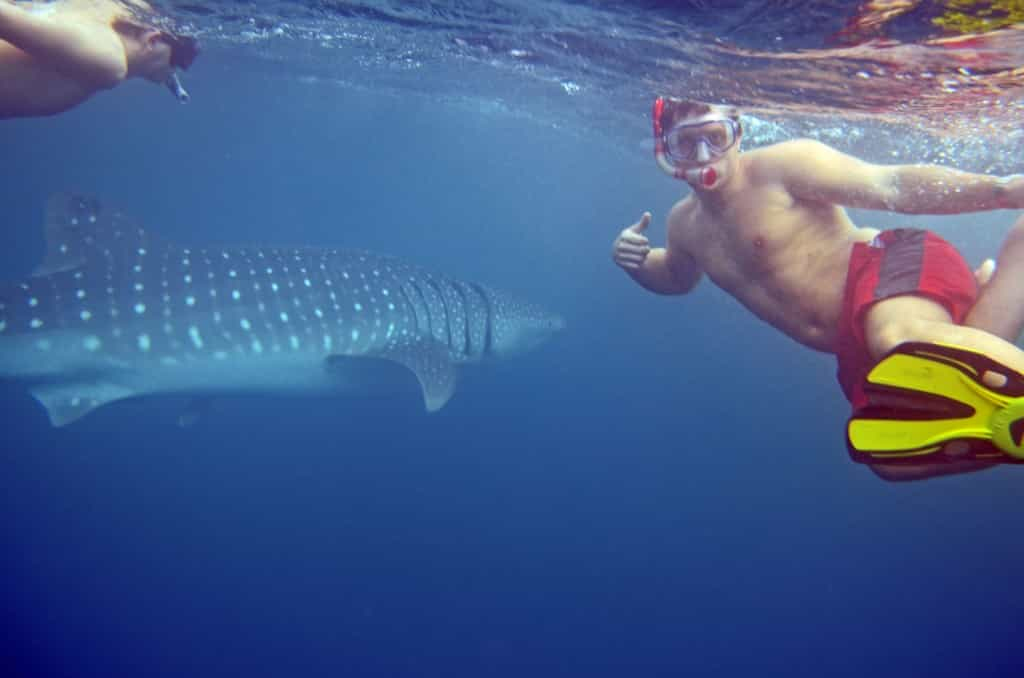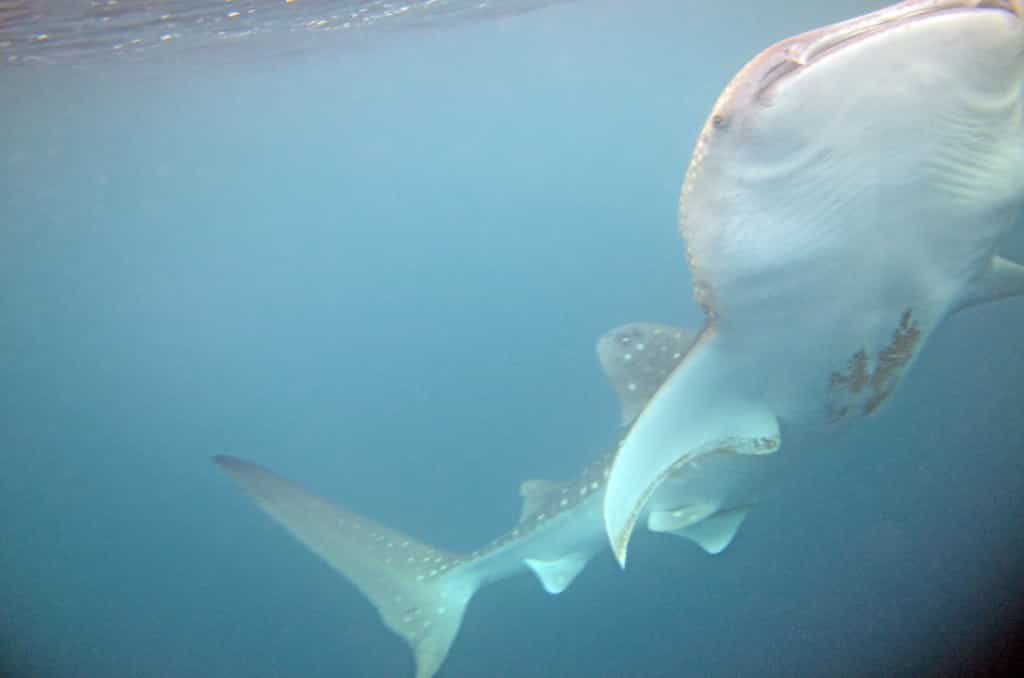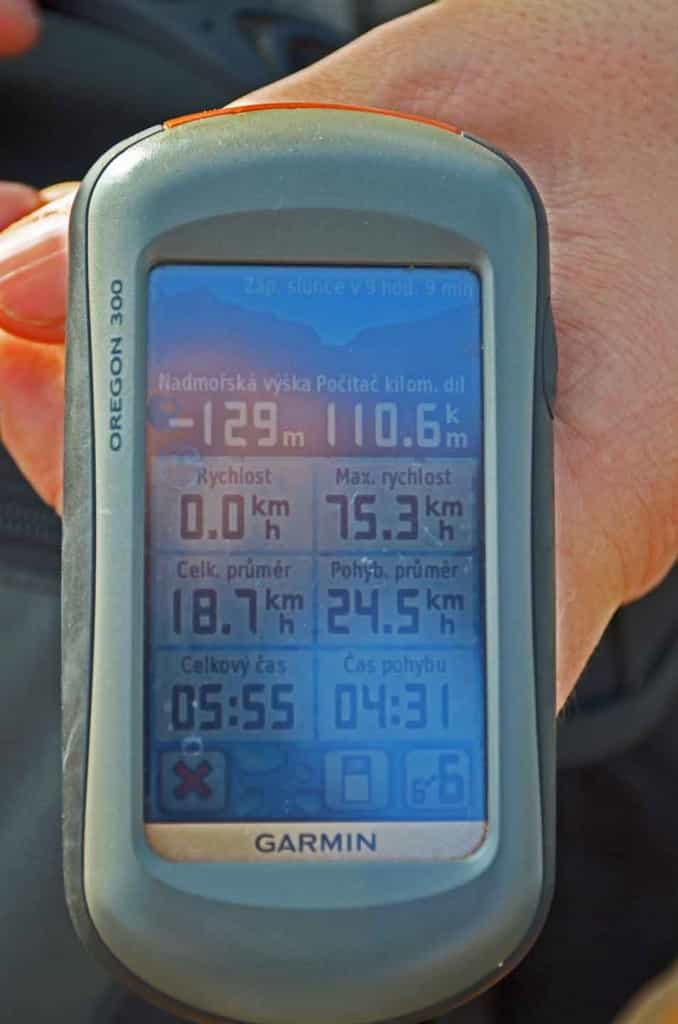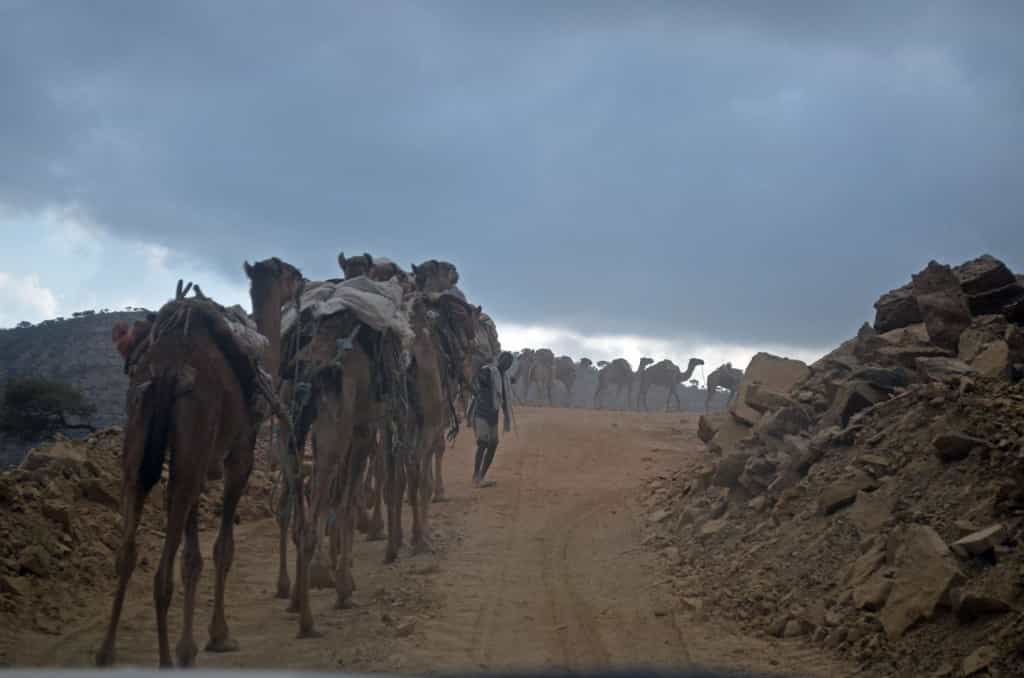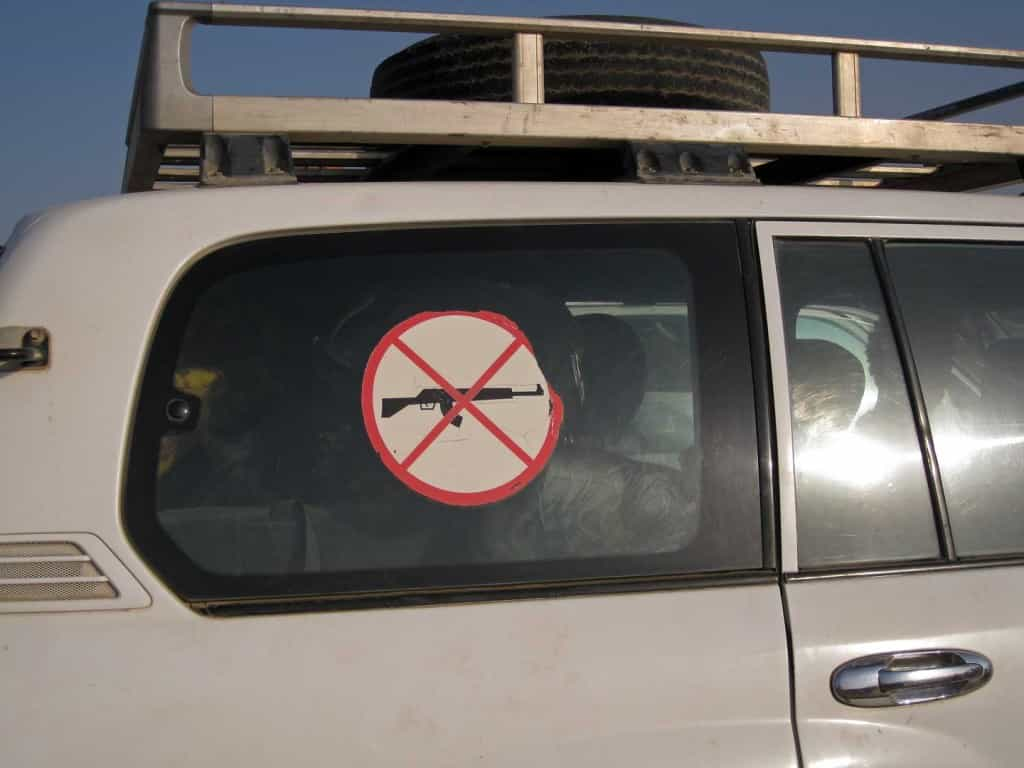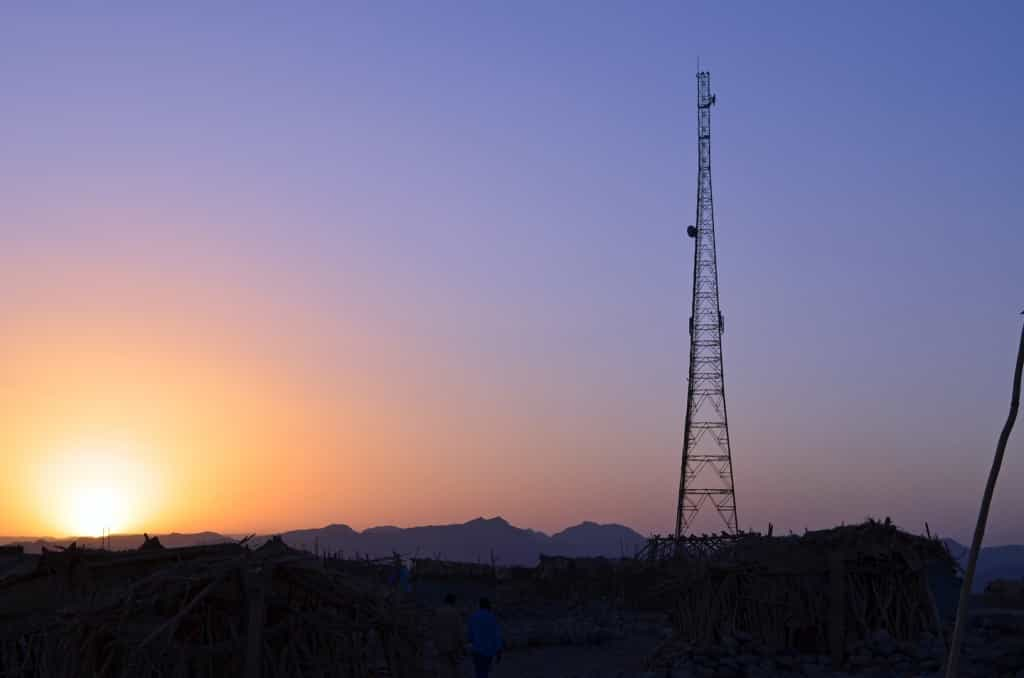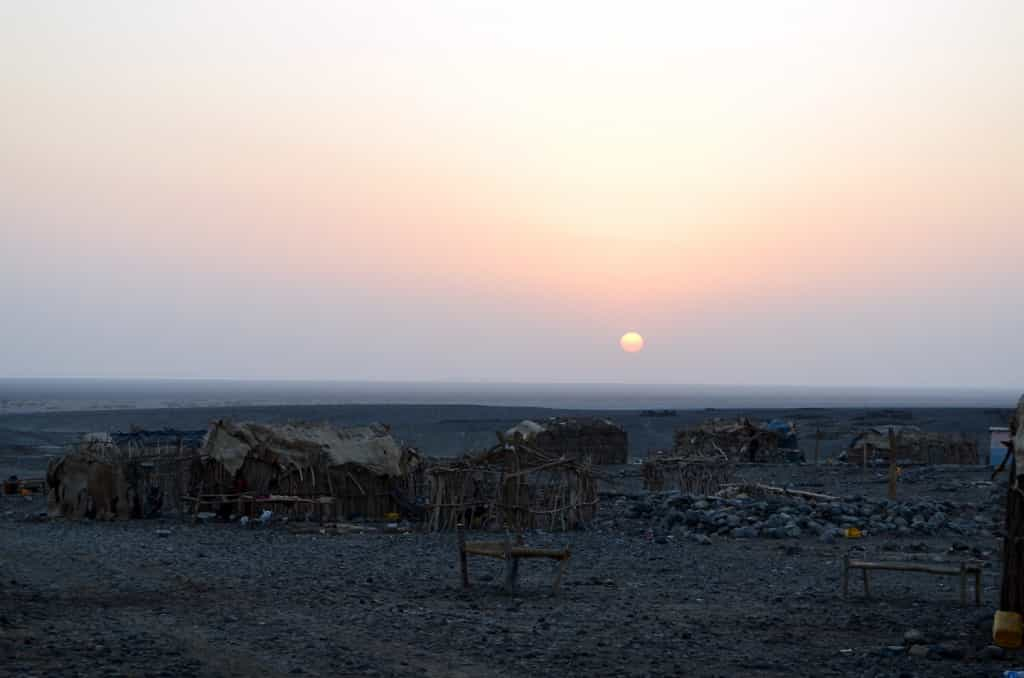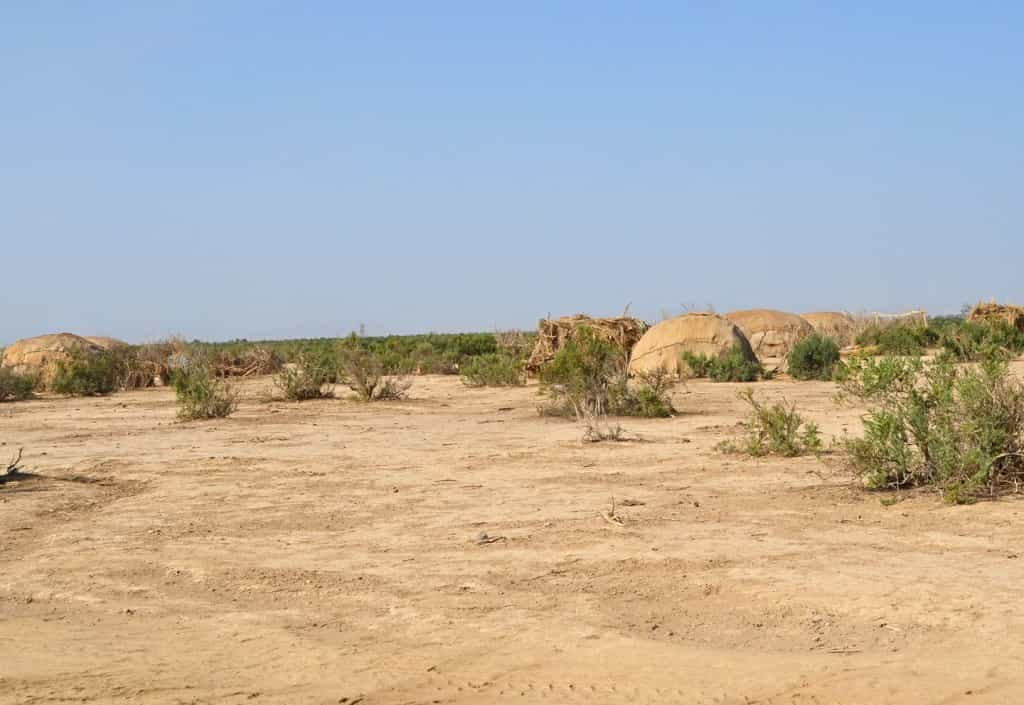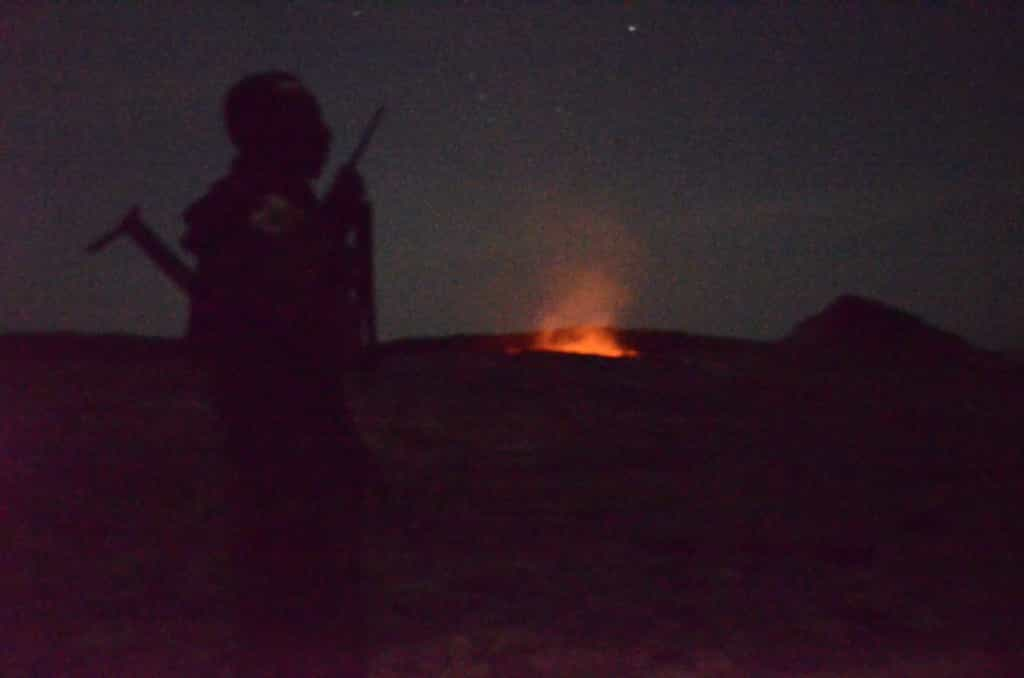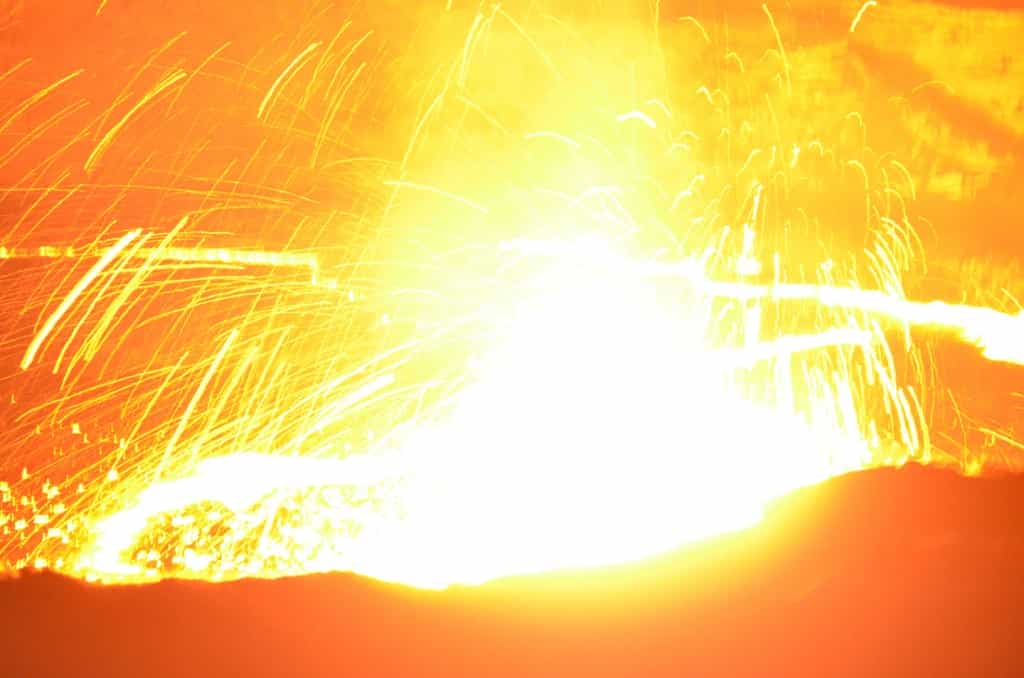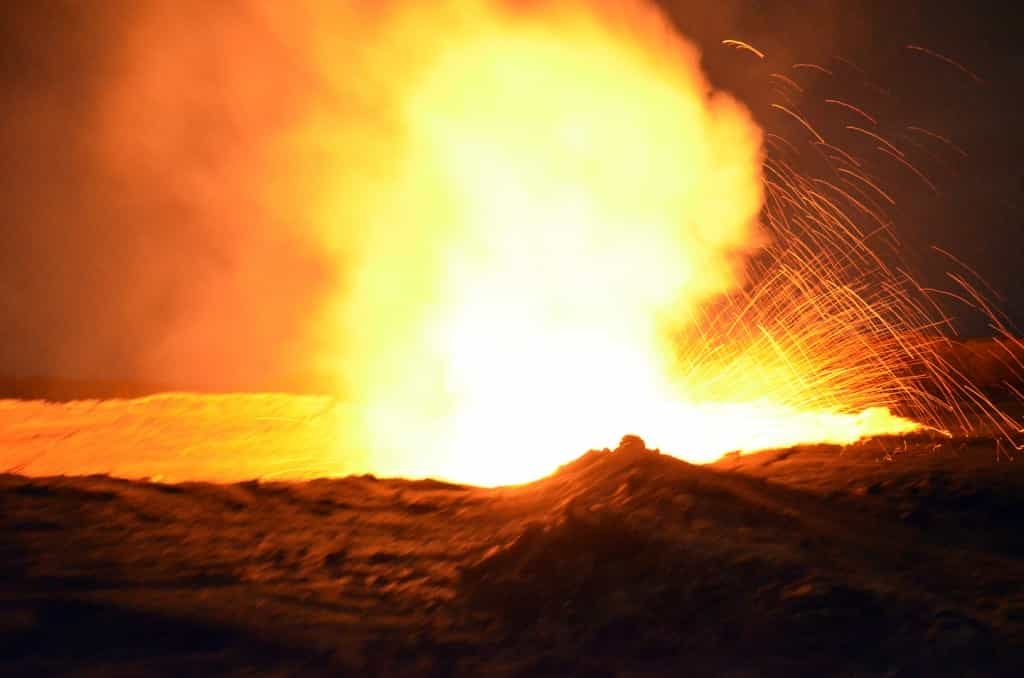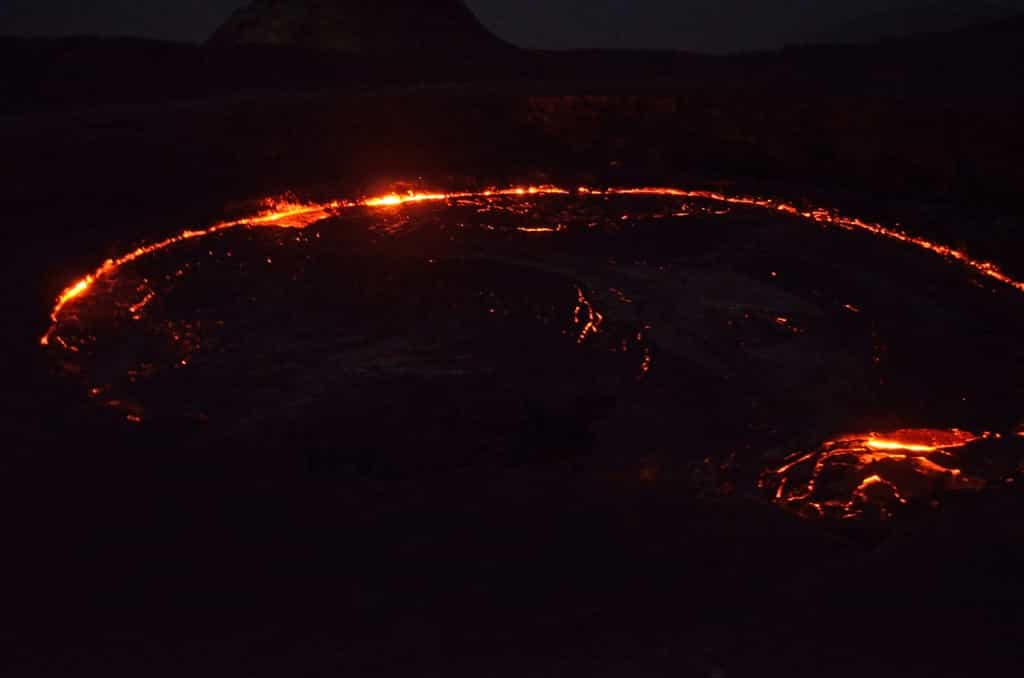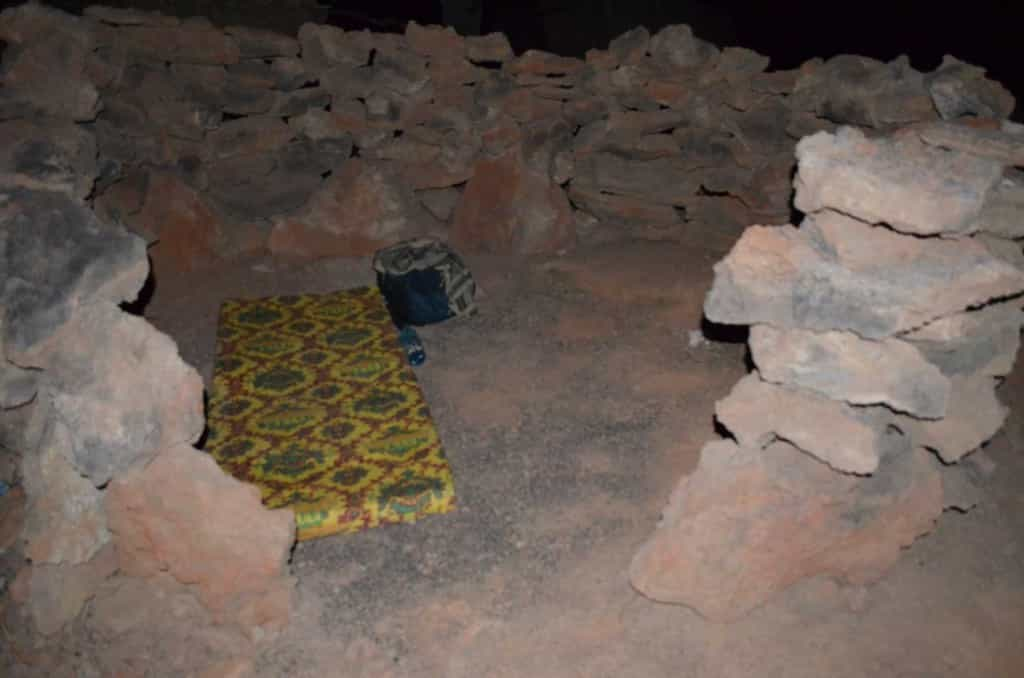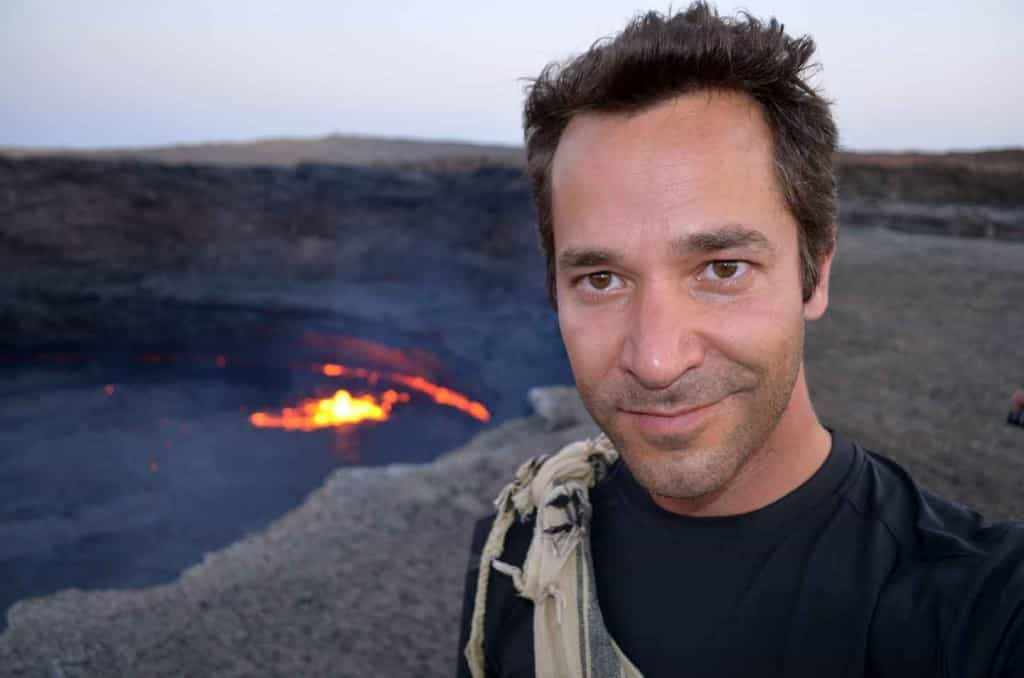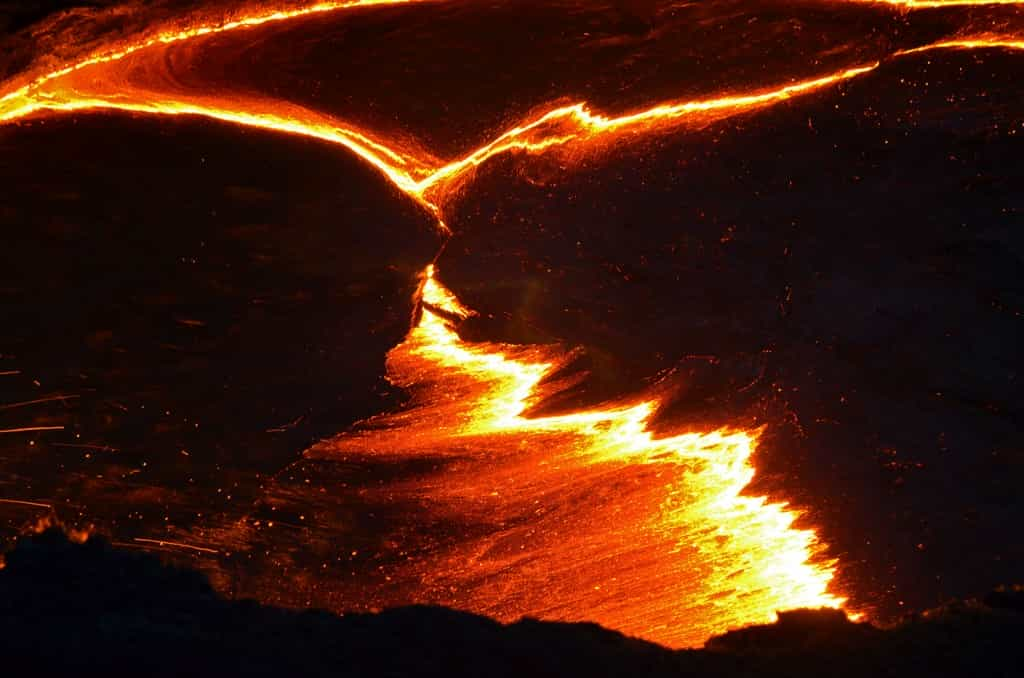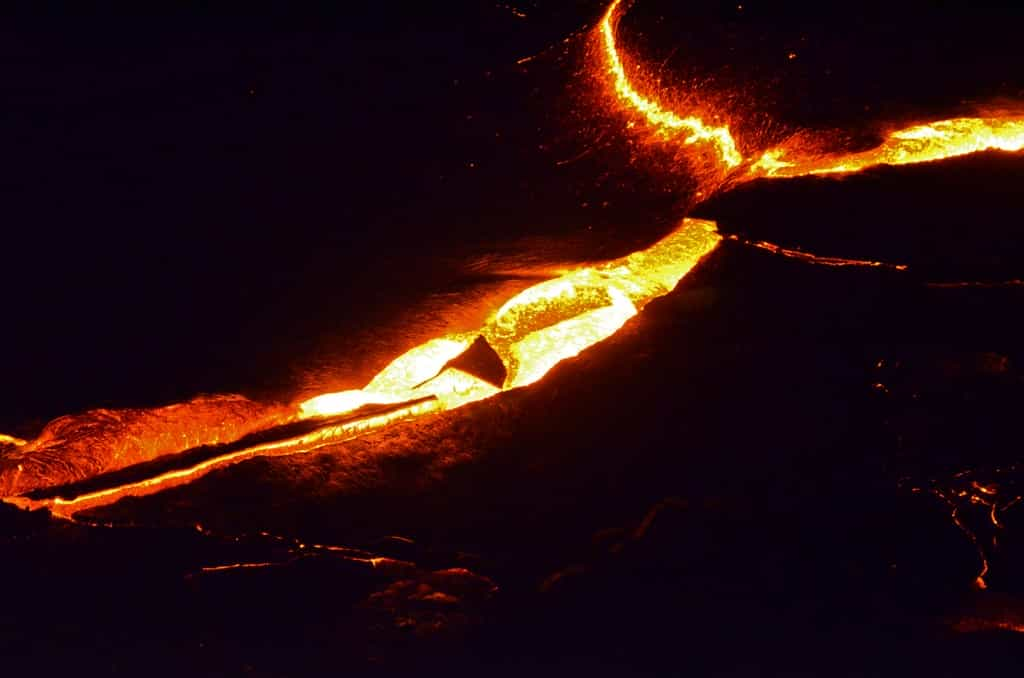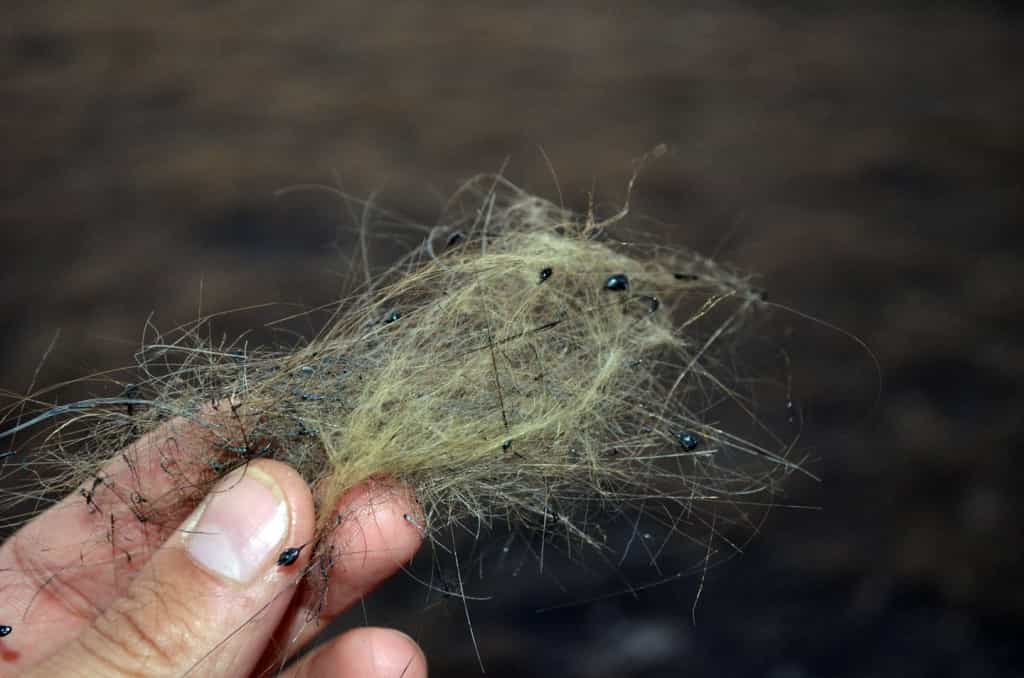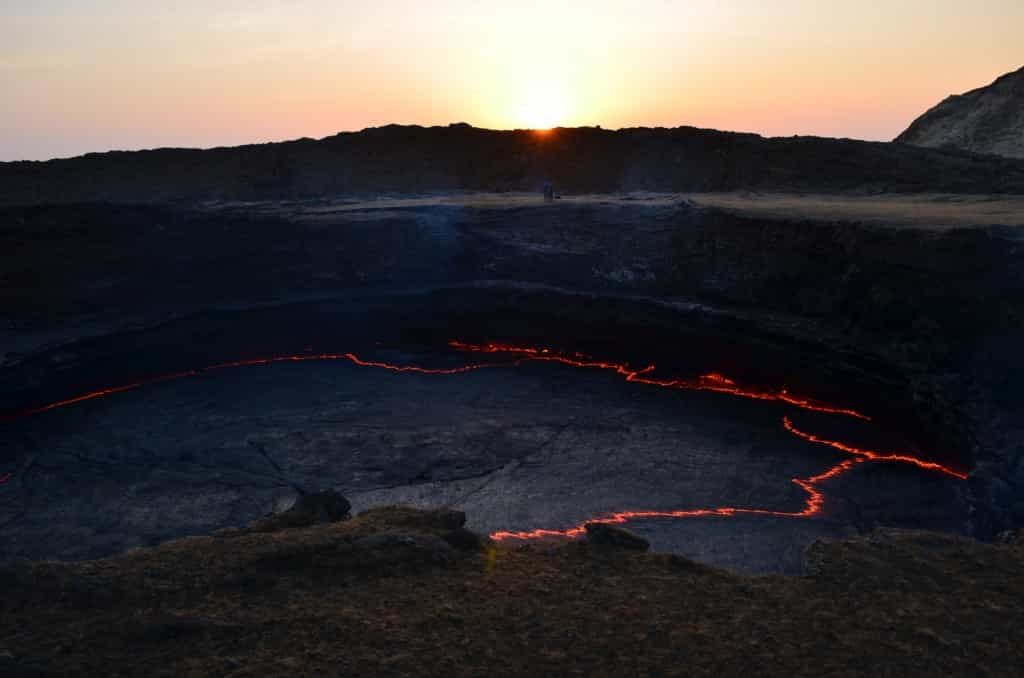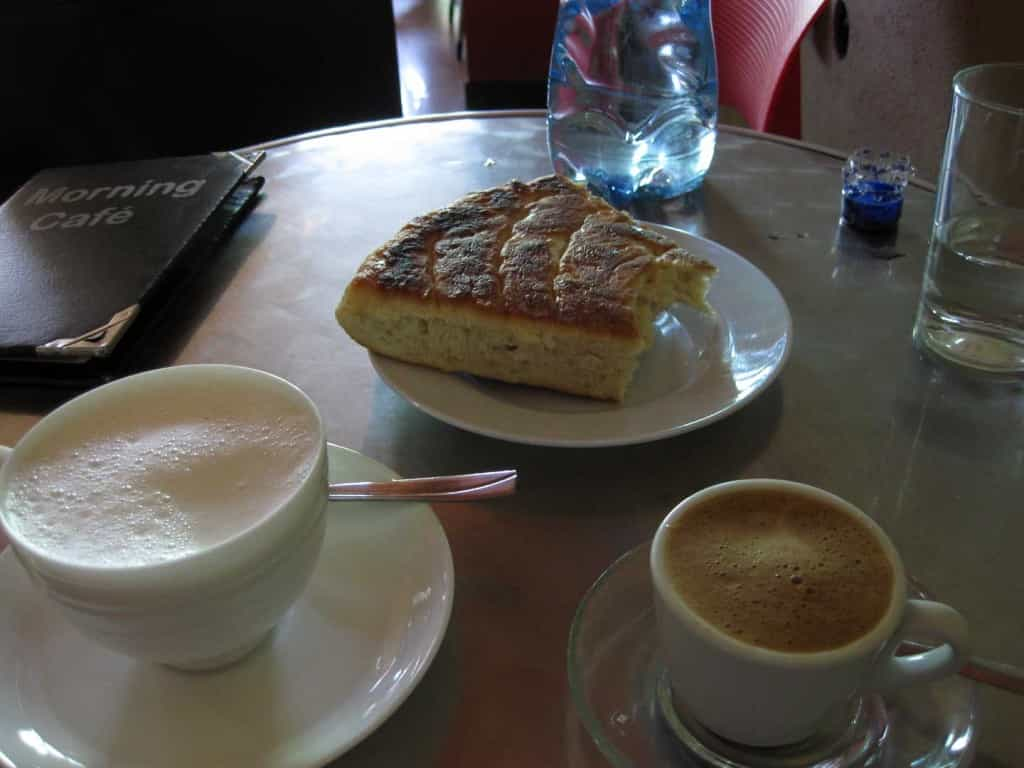Socotra is sometimes described as a lost world. Located in the pirate-infested Gulf of Aden, off the coast of Somalia, and belonging to Yemen, it does have a few marketing problems to deal with. However, while it is not a particularly easy place to visit, it is perfectly safe. I don’t mean that the risks of terrorism or other such violence are low, I mean such things have simply never happened there, as far as I know. Even last year’s revolution in Yemen didn’t result in any troubles on the island, where many inhabitants describe themselves as “Socotrans” and don’t feel very involved in Yemeni politics. To avoid travel there, as recommended by most Western Governments, is like saying that because of some riots in French suburbs, you should avoid going to Saint-Pierre-et-Miquelon. That being said, while you can get there from Sharjah, UAE, and avoid mainland Yemen altogether, I had to go through Sana’a, but survived that quite easily.
Socotra is not really a do it yourself destination. Nothing prevents you from going around on your own, but it is much more practical to do business with an agency, as there is very little public transportation and the main attractions are natural and not necessarily close to any inhabited areas. There is really nothing to do or see on Socotra, except for the nature. So here is a little photo essay in three categories:
1. The land.
The Detwa Lagoon, seen from the mountains. It is much larger than it looks, as I learned trying to walk on the very long strip of sand you see in the distance.
As you can see, the sun is about to set and I am sort of on the wrong side of the water! Annoying but without risk, as the lagoon is very shallow and you can walk across most of it. I ran a bit and made my way around before total darkness.
The sand dunes of Zahik. OK, this is not Sossusvlei, but it was nice anyways. There are bigger dunes on the East side of the Island, but they were not as photogenic for me.
Salt production in a natural sinkhole, near Hadibo. The process is very simple, they fill the little enclosed areas they built with rocks, let the salt water evaporate and collect a little salt a few weeks later. Basically the same process I saw in Namibia, except the Namibians make ponds the size of cities and collect salt by the tens of tons, with giant mining trucks!
Hoq Cave. After a steep hike of about 60 or 90 minutes, you reach the entrance and can walk several hundred meters inside, until the cave becomes “flooded” (it looked just a little wet to me, but that’s as far as the guides would go). The whole complex is a few kilometres long. I took this picture at the end of the path the local guides take you on. For the technically interested, this is a 30 second exposure, during which I moved my headlamp across the whole field of view.
On the way back, the entrance from a distance.
And the first ray of light.
2. The trees.
Socotra, like much of Yemen, used to be a very wealthy place in days long gone, mainly from the production of frankincense, myrrh and other such previously very valuable stuff. As a man in Sana’a told me, “We used to be like Dubai”! This is a frankincense tree.
The Diksam Valley, probably one of the largest frankincense tree forest in the World.
A frankincense tree who was late the day the trees picked where they would live.
The most recognized tree of Socotra, which grows nowhere else, the blood dragon tree, so named because its sap is bright red. Of course the mythological stories of its creation involve all sorts of blood soaked legends. A significant proportion of Socotra’s vegetation and animals can only be found there. In that respect, the only two places on Earth that have more endemic species are the Galapagos Islands and Hawaii.
And my favourite, the bottle tree, also endemic to Socotra. It grows just a few leaves, but enormous trunks in which it stores water. This is a baby version.
A medium sized one.
And some mature ones, next to some blood dragon trees.
3. The animals.
OK, these are boats, not animals, but they are used to catch animals! We went there late morning to get some fish for lunch, straight from the fishermen, as there is no market per say.
That’s an animal, and an expensive one. I think they were asking for about $100 for this small shark. I can’t imagine how much it’s worth once it gets to a fancy Aden restaurant. Most of the fish caught gets consumed locally, between October and some time around April. After that, it gets too windy to fish and people eat the goats, or dried fish. Shark and kingfish are worth too much for people to eat, and they get exported to the mainland. About the wind, Socotra, during its windy season, is one of the windiest places in the world, with winds of 90 km/h or more being a daily occurrence. In fact, because of this and the resulting sea conditions, the island was completely cut-off from the rest of the world between June and September, every year until 1999, when the only airport was built.
Another animal, disturbed in its home renovation project by my presence. The beaches are covered with these small crabs, but they are quite fearful and start moving away as soon as they can detect someone walking on the beach, which means a good 30 meters away. They probably sense the vibrations on the sand. I guess this one felt brave knowing safety was right behind him, but the few times I surprised one in the open, they darted away at an impressive speed.
The Egyptian Vulture, endangered in most parts of the world, but everywhere on Socotra. I have yet to decide if I find them ugly or beautiful.
I regret not having filmed this scene. We had just finished lunch and my driver threw the leftover food on the ground. There is no garbage collection in Socotra and people just throw garbage everywhere. Around any place with humans, the ground is covered with trash, as in most of the Middle-East. The good thing on Socotra is that the vultures eat most of the organic garbage, and the goats eat the rest (even paper). So back to the leftovers. They fell in two piles. The vultures started eating, but a more dominant vulture arrived, chased them away and started eating from pile 1. The others moved to pile 2 and started eating there. When the dominant bird saw that, he abandoned pile 1, chased them from pile 2 and started eating there. The others just moved back to pile 1, got chased away, etc. In the end, I am quite sure the dominant bird ate less, as he was so busy trying to protect both piles! It was hilarious.
A rare and endangered Socotra Buzzard. They are in very high demand in the UAE, but exporting them (or any other Socotra animal or plant), is illegal. I am not sure what the Emirati want with them, but if I was rich but my society said all I could do is drink tea all day with a bunch of other dudes dressed in robes, while we pretend to have jobs, maybe I would also get into birds? Anyways, one guy exported one last year, but got caught. Someone suspected he had seen him with a bird. Soon after, he flew to Dubai on “vacation”, and returned with a new car! Difficult to explain in a closed society where everyone knows your business…
So Socotra? Nice nature, but before you go, understand there is absolutely nothing else. When you want some quiet time, you can walk on a deserted beach (although you will always run into some villager, fisherman, kids, as there are small villages all around the island). When you want to eat, you can get food from your truck and eat it on a deserted beach. When you want a drink, you can forget about it.
#Yemen


